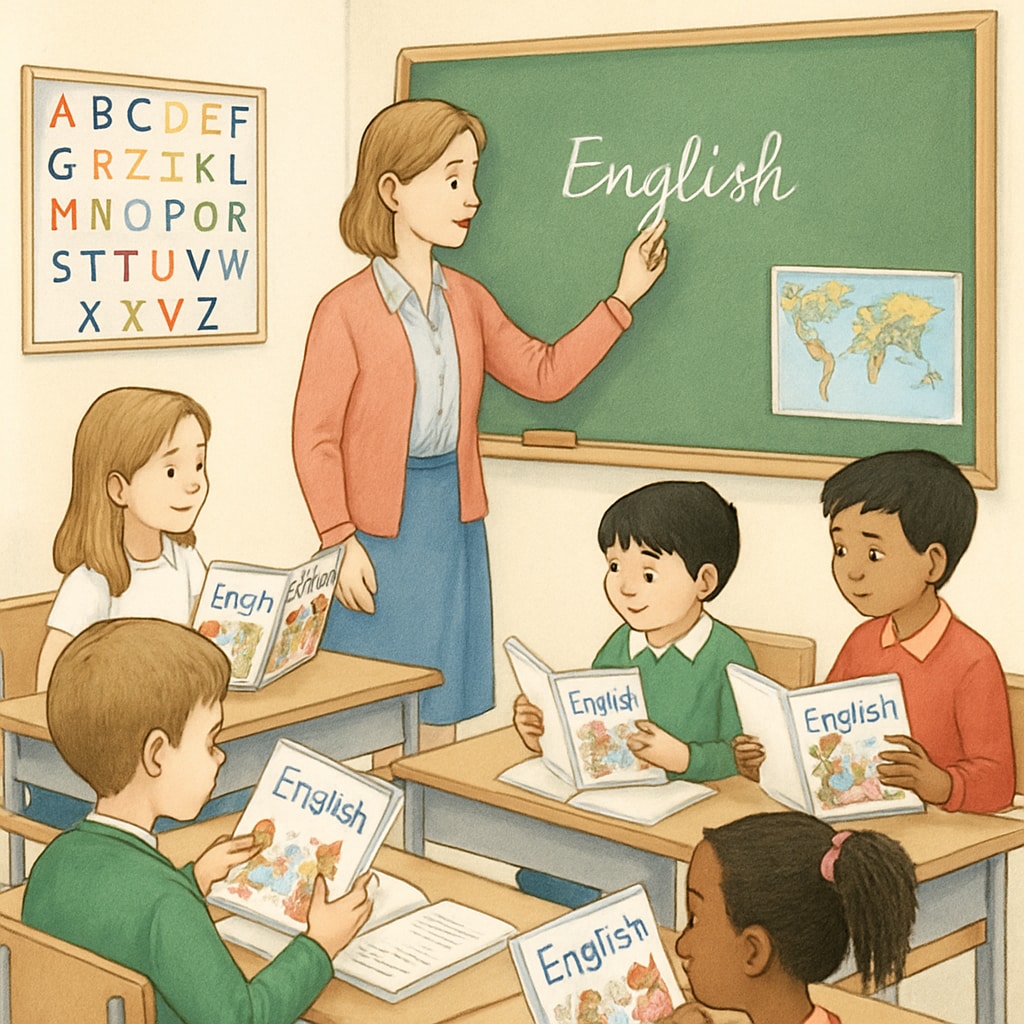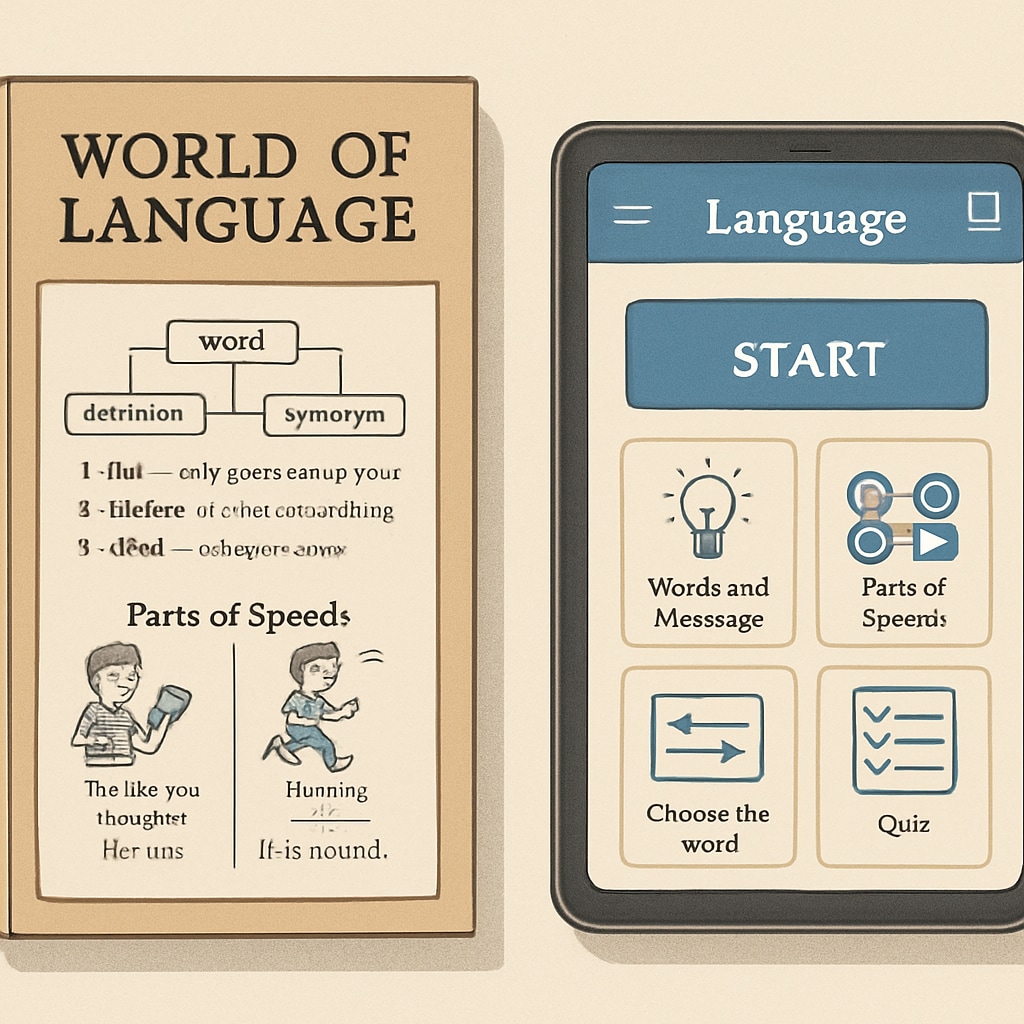The “World of Language” primary school textbooks hold a special place in the hearts of many who grew up with them. These materials, filled with engaging stories, exercises, and illustrations, laid the foundation for language education in a way that fostered both curiosity and creativity. In this article, we take a nostalgic journey to explore the impact of these textbooks, contrast them with today’s teaching methods, and discuss how their timeless principles can inspire modern education.

Why “World of Language” Left a Lasting Legacy
For many, “World of Language” was more than just a textbook—it was a gateway to understanding the world through words. The series focused on making language learning relatable and enjoyable, incorporating elements like:
- Engaging narratives that stimulated imagination.
- Interactive exercises encouraging participation.
- Creative tasks such as writing stories and poems.
Unlike many modern resources, which often rely on repetitive drills or standardized testing, “World of Language” emphasized context and connection. This approach not only built literacy skills but also encouraged students to see the beauty of language as a tool for self-expression.
Comparing Traditional and Modern Language Teaching
Today’s language teaching methods benefit from technology and multimedia, but they often lack the simplicity and charm of older materials like “World of Language.” For instance, digital tools provide convenience and instant feedback, yet they can sometimes feel impersonal or overly structured. By contrast, traditional textbooks offered:
- Consistency in their layout and objectives.
- A tactile experience that many learners found comforting.
- A focus on storytelling, which remains a powerful learning tool.
While modern methods have their advantages, revisiting the principles of older resources like “World of Language” could help bring balance to contemporary classrooms. For example, combining technology with storytelling could create a hybrid approach that incorporates the best of both worlds.

Lessons Modern Education Can Learn from the Past
What made “World of Language” so effective was its ability to make learning feel natural. Here are some lessons modern educators can take from it:
- Foster Curiosity: Create materials that spark joy and wonder, rather than focusing solely on outcomes.
- Encourage Creativity: Allow students to experiment with language, whether through storytelling, poetry, or other expressive forms.
- Prioritize Connection: Design lessons that connect language learning to real-life experiences.
As schools increasingly push for measurable results, there’s a risk of losing the human element in education. By drawing inspiration from resources like “World of Language,” educators can help students rediscover the joy of learning.
In conclusion, “World of Language” was more than just a set of textbooks; it was a philosophy of teaching language as an art and a means of connection. As we move forward in education, it’s worth pausing to look back—because sometimes, the answers to our biggest challenges are written in the pages of the past.
Readability guidance: This article uses short paragraphs and lists to ensure clarity. Care has been taken to balance long and short sentences, and transition words are used throughout to enhance flow.


